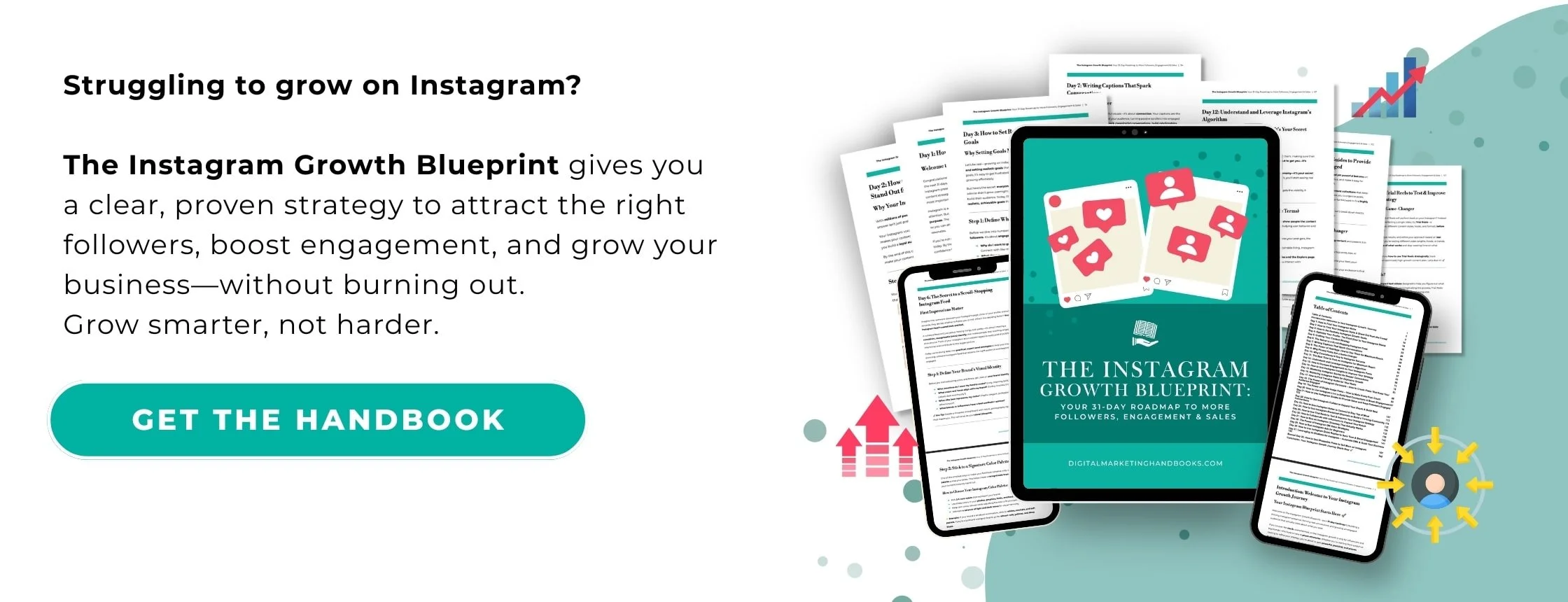Navigating Micro vs. Macro Influencers: Which Is Right for Your Brand?
When it comes to influencer marketing, one of the first decisions you’ll need to make is whether to work with micro-influencers or macro-influencers. Both options can be incredibly effective, but they serve different purposes and cater to different marketing goals. So, how do you decide which is right for your brand?
In this guide, we’ll compare the benefits and challenges of working with micro- and macro-influencers. By the end, you’ll have a clearer understanding of which type of influencer aligns best with your campaign goals, audience, and budget.
What Are Micro-Influencers and Macro-Influencers?
Before diving into the comparison, let’s define the two:
Micro-Influencers
Follower Count: Typically 1K–100K followers.
Audience: Niche, highly engaged communities.
Content Style: Often more personal, relatable, and grassroots.
Macro-Influencers
Follower Count: 100K–1M+ followers.
Audience: Broader reach with diverse demographics.
Content Style: Polished, professional, and aspirational.
The Benefits of Micro-Influencers
Micro-influencers may have smaller followings, but don’t underestimate their power! Here’s why they can be a game-changer for your brand:
1. High Engagement Rates
Micro-influencers tend to have closer relationships with their followers, leading to higher engagement rates. Their content feels authentic, making their audience more likely to trust their recommendations.
Why It Matters:
If your goal is to drive conversations and build community, micro-influencers are an excellent choice.
2. Niche Audiences
Micro-influencers often cater to specific interests or communities—think fitness enthusiasts, book lovers, or plant parents.
Why It Matters:
If your product or service caters to a specific niche, micro-influencers can help you reach the right audience.
3. Budget-Friendly
Micro-influencers are more cost-effective than macro-influencers. Many are open to partnerships involving free products, smaller payments, or commission-based collaborations.
Why It Matters:
For small businesses or brands testing the waters of influencer marketing, micro-influencers offer a great return on investment (ROI).
4. Authenticity
Micro-influencers’ content often feels more genuine because it’s less polished and more personal. This authenticity resonates with followers and builds trust.
The Challenges of Micro-Influencers
Of course, micro-influencers come with their own set of challenges:
Limited Reach: Their smaller audience means fewer people will see your campaign compared to a macro-influencer.
Scalability: Working with multiple micro-influencers can be time-consuming to manage.
Variable Quality: Content quality can vary widely, requiring more oversight.
The Benefits of Macro-Influencers
If your goal is to make a big splash, macro-influencers bring significant advantages:
1. Broad Reach
Macro-influencers have large audiences, allowing your brand to reach thousands—or even millions—of people with a single post.
Why It Matters:
For brands focused on building awareness or launching a new product, macro-influencers can deliver massive exposure.
2. Professional Content
With years of experience under their belts, macro-influencers often create polished, high-quality content that elevates your brand.
Why It Matters:
If you’re looking for campaign assets that you can reuse across your social media or ads, macro-influencers are a great choice.
3. Credibility
Their large following gives macro-influencers a sense of authority, which can lend credibility to your brand.
Why It Matters:
If you’re trying to establish your brand as a leader in your industry, a macro-influencer’s endorsement can be incredibly impactful.
The Challenges of Macro-Influencers
While macro-influencers have undeniable perks, they’re not without drawbacks:
Higher Costs: Macro-influencers command higher fees, which may not fit into smaller budgets.
Lower Engagement Rates: Larger followings often mean lower engagement percentages, as their content reaches a more generalized audience.
Less Personal Connection: Their content, while polished, can sometimes feel less relatable to followers.
When to Choose Micro-Influencers
Micro-influencers are the perfect fit if:
Your target audience is highly specific or niche.
You’re working with a smaller budget.
Engagement and authenticity are more important than sheer reach.
You want to build community and foster trust with a relatable voice.
Example:
A sustainable skincare brand might collaborate with 10 micro-influencers who are passionate about eco-friendly products, each sharing their genuine experience with the brand.
When to Choose Macro-Influencers
Macro-influencers are the way to go if:
You’re launching a new product or campaign that requires widespread awareness.
Your brand needs polished, high-quality content.
You have a larger budget to invest.
You want to leverage the influencer’s authority to establish credibility.
Example:
A fitness brand launching a new activewear line might partner with a macro-influencer in the wellness space to showcase the collection to millions of followers.
Can You Use Both? Absolutely!
For many brands, the best strategy is a mix of micro- and macro-influencers. Here’s how to make it work:
Micro-Influencers: Focus on driving engagement, nurturing niche audiences, and creating authentic buzz.
Macro-Influencers: Build brand awareness, establish authority, and create high-impact content.
By combining both, you can achieve the perfect balance of authenticity and reach.
Tools to Find the Right Influencers
No matter which type of influencer you choose, the right tools can simplify your search:
Upfluence: Helps you discover influencers across niches and platforms.
HypeAuditor: Analyzes influencer metrics like engagement rate and audience demographics.
AspireIQ: Manages influencer campaigns from start to finish.
Final Thoughts: Choosing the Right Influencer for Your Brand
Whether you go with micro- or macro-influencers (or a mix of both), the key to success is alignment. Choose influencers who share your values, understand your audience, and can authentically represent your brand.
Ready to take your influencer strategy to the next level? Start by defining your goals, researching potential partners, and leveraging the strengths of both micro- and macro-influencers. The perfect collaboration is waiting—you just have to find it!
Now it’s your turn! Have you worked with micro- or macro-influencers before? Share your experiences or ask your questions in the comments below—we’d love to hear from you!

